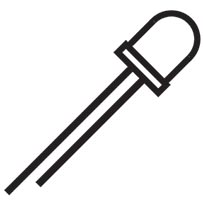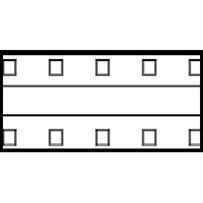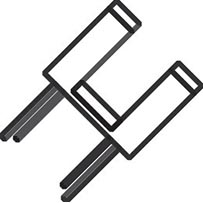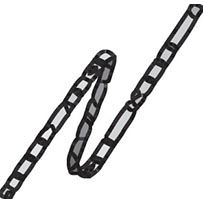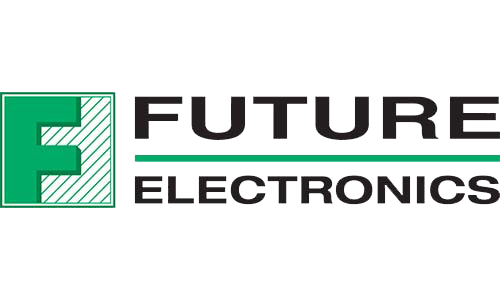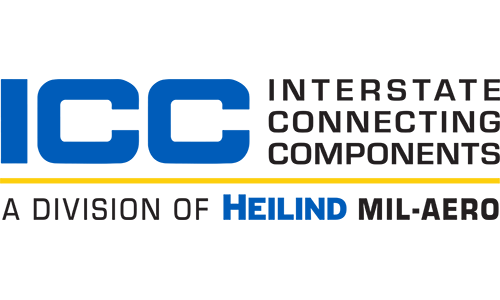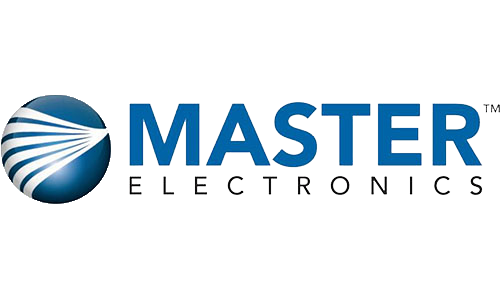Public Places and the New Language of Lighting
People might categorize lighting for large public buildings into a spectrum with two extremes, with the practical needs of illumination on one side and purely aesthetic décor on the other. But there is another category worth exploring as an area of growth for new and flexible LED systems. In this third category, lighting has a communication function.
In eras past, the decorative style of traditional architecture provided a sort of grammar that helped visitors understand an unfamiliar building and orient themselves to a destination. The visitor could also get subtle clues of what social behavior is appropriate in a room.
When modernist style swept through in the mid-20th century, all building ornamentation was suddenly considered superfluous and old hat. Away went the porticos, alcoves, and crown-molded arches. With them went many of the well-known visual language cues that made buildings legible. The early modernist buildings could be harshly curt to their users. At a modern 1960s bank, the joke was that patrons would walk around the perimeter, pushing on various glass panels to see which one was the front door.
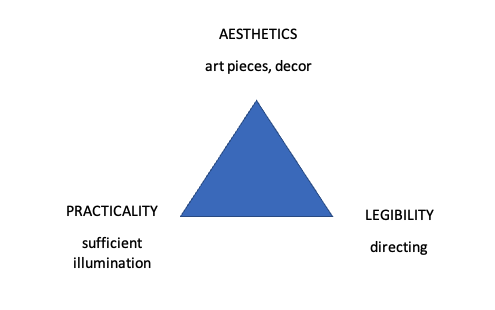
Today’s LED schemes with flexibility in form factor and variability in intensity, temperature, and color, are filling the gaps in many of the legibility functions traditional building forms did well. As Internet-of-Things (IoT) technology and artificial intelligence (AI) become more commonplace in architectural and planning projects, LEDs can do more than just illuminate.
So pay attention. The lights are telling you something.
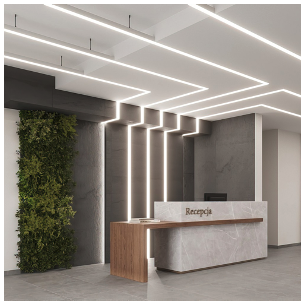
How to Find Where You are Going
One of the most frequent problems inside a large, public building is finding how to get to a particular room and back out again without getting lost.
While wayfinding in the form of signage is a design art unto itself, lighting systems can add another creative dimension to tried-and-true methods, especially if the architectural space lends itself to confusion among visitors. Light can subtly suggest a path without signs by using brighter lights on important paths and destinations and darkening wrong turns, such as areas used by building personnel or maintenance. Color-coded LEDs or attractive displays can be used to differentiate crossroads or different floors to aid navigation.
How to Get Out Fast
Imagine if you are in an unfamiliar building and locate the right room. Once there, the power fails and everything is pitch black. How do you find your way to safety?
Fortunately, the stewards of large facilities have already anticipated this safety issue. Backup power sufficient for automatic low-power LED systems in corridors and stairs create new emergency routes towards exits. As more smart building logic comes online, look for LEDs to lead people away from blocked paths.
Where to Park
Anyone who has tried to find a spot in a crowded parking garage has had the experience of driving around several floors, then getting excited to spot an empty slot down the row, only to be disappointed when it turns out a subcompact is hiding there.
The easy alternative is to have the building tell you where to go. With a few IoT sensors and ceiling-hung LED indicators, the parking garage for the extremely busy Disney Springs tourist destination in Orlando can show drivers at a glance which places are occupied or empty with a simple red or green. Empty spots are enumerated at the entrance to each floor and totaled on the sign outside the main entrance.
It is the sort of simple and clever improvement that makes you wish the feature would catch on everywhere.
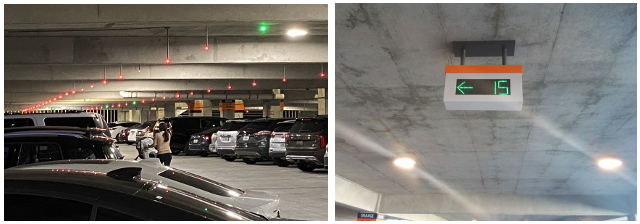
What You Might Fancy
Retail spaces may seem like the most obvious place to find lighting deployed with strategy. For years, lighting and staging inside stores have sought to draw attention to objects, coax people in a door or down an aisle, or to create an overall ambient vibe that resonates with the target customer.
Variable and programmable LED lighting gives retailers the ability to change the mood in different zones of the store based on the type of merchandise or even the age of the consumer (older people need brighter light). And dynamic effects provide more novel ways to capture attention.
Few may know how effective good lighting is for retail sales, according to the many studies done on the subject. Good lighting design can raise sales by 264%. The largest boost goes to clothing sales when color, position, and brightness in front of the dressing-room mirror are optimized.
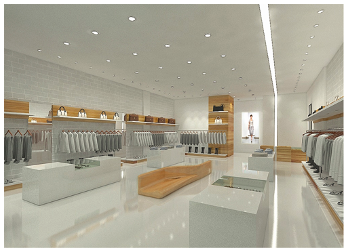
What Time it is
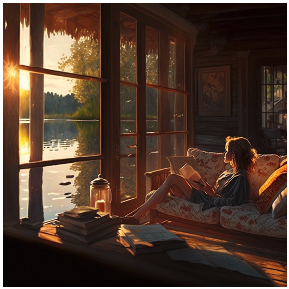
If you ever spend a day in room surrounded by large windows and water, say, at a lake house, you will notice the lighting of the room change in dramatic fashion as sunlight’s inclination and angles of its reflection create new shadows and light temperatures. We might describe the lakefront room as “calming” or “interesting” or “satisfying”–unless of course there’s somebody with a jet ski out there.
A possible explanation for the comfort is that we are natural bodies sensitive to light, ancestrally speaking. Bright light with blue frequencies make us more alert and ready to get the job done, while a receding intensity and more yellow tones makes our bodies reduce melatonin and prepare for nightfall. The “interesting” part of the lake house may be the constant dynamism.
The insistent night-and-day artificial light of 20th century tended to disrupt our inner circadian rhythm. Bright workshop lights all the time become fatiguing. Even in our dimly lit spaces, the same intensity is constant for hours. Can this interfere with our sense of time?
Today’s LED systems can be programmed to steadily change in color and brightness to sync with the day outside and provide the inhabitants with a satisfying and always-interesting ambience. One example is in this New York café where the lights are tuned to circadian cadences.
The ability to change their look and mood over the course of the day gives places more versatility and more opportunity. The brightly lit conveyance of coffee and muffins in the morning transforms into a casual wine bar as the sun sets.
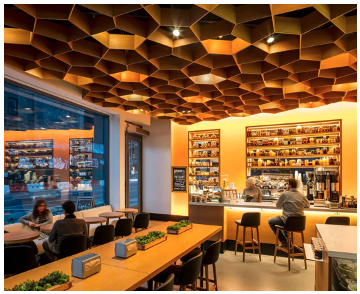
Look Up and Listen
This might seem like it falls more in the aesthetic category, but the 16,800 LEDs that line the exterior of the Hard Rock Hotel in Hollywood, Florida do get people to drop what they are doing at 7pm, go outside and look up.
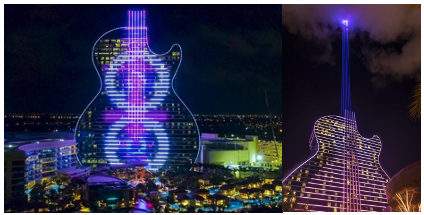
And it is one of the unique reasons tourists consider this casino resort. There is a lot of unique going on: the glass high-rise is in the shape of a Gibson Les Paul, for one.
While guests are sipping spicy margheritas poolside during the day, the LEDs that line each hotel window pulsate gently through the color spectrum. At night when the music pipes up, the entire façade acts as a sort of Jumbotron, capable of massive strums (the strings appear as laser spotlights that extend to the zenith), stylized video clips, and multi-color strobes that burst out like fireworks. The show is akin to like the backdrop special effects at a stadium concert – light dancing along to music – just with more Miami glitz around the edges.
It can even spell out the name of the artist, if the name is short enough (see: “J-Lo”).
It could be argued the Guitar Hotel doesn’t belong in the aesthetics category. It has legibility written all over it.
Logic and Lighting from American Bright
As a global supplier specializing in LED technology, American Bright can devise the highest-quality lighting assemblies for any scale of design project.
Our manufacturing facilities can produce lighting solutions needed to integrate sensors, define color and intensity, and switch lighting schemes according to your specific requirements. Each new lighting assembly is tested in-house to ensure successful implementation.
Contact a knowledgeable American Bright engineer to discuss how to add illumination to your architectural design.



